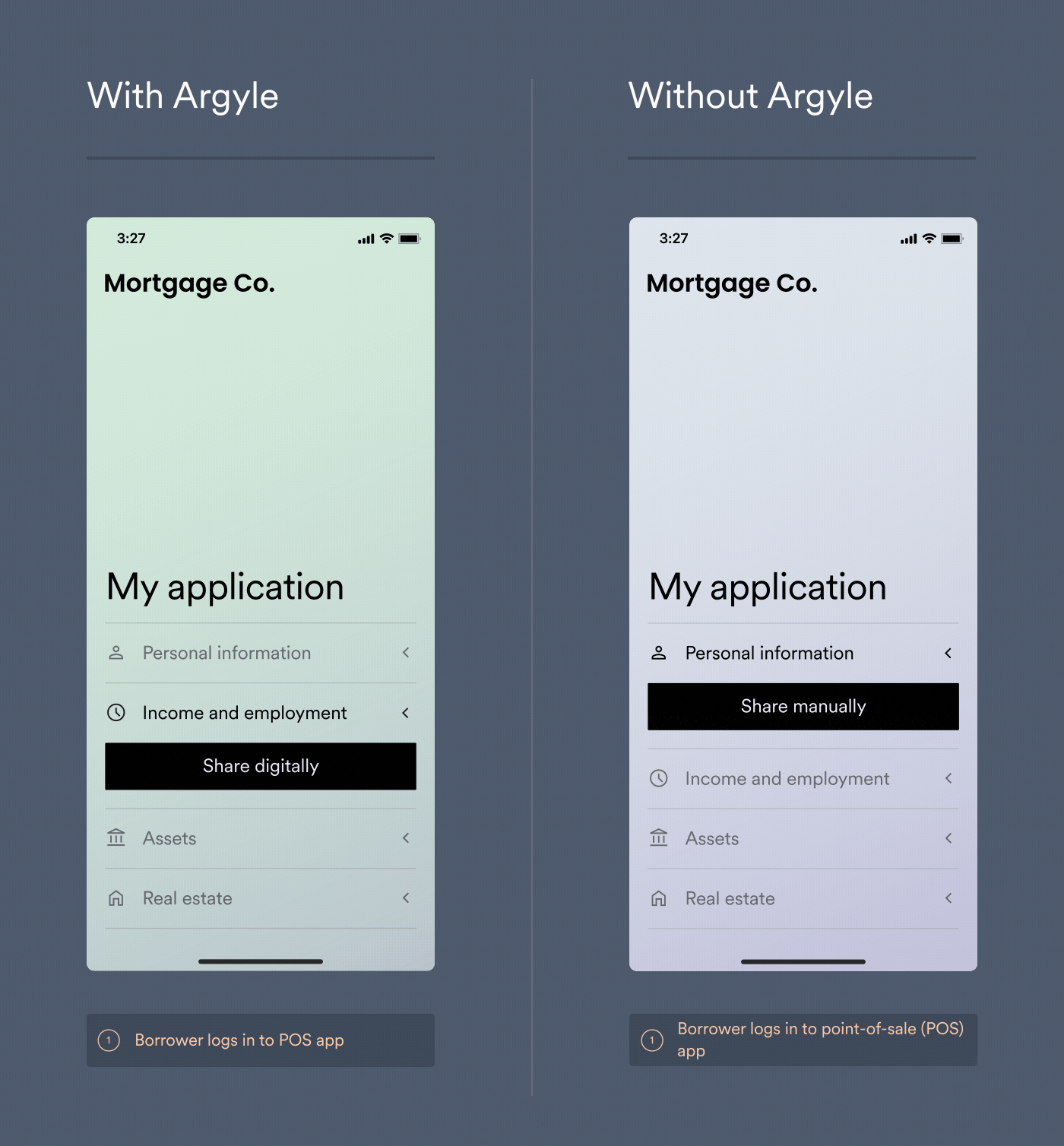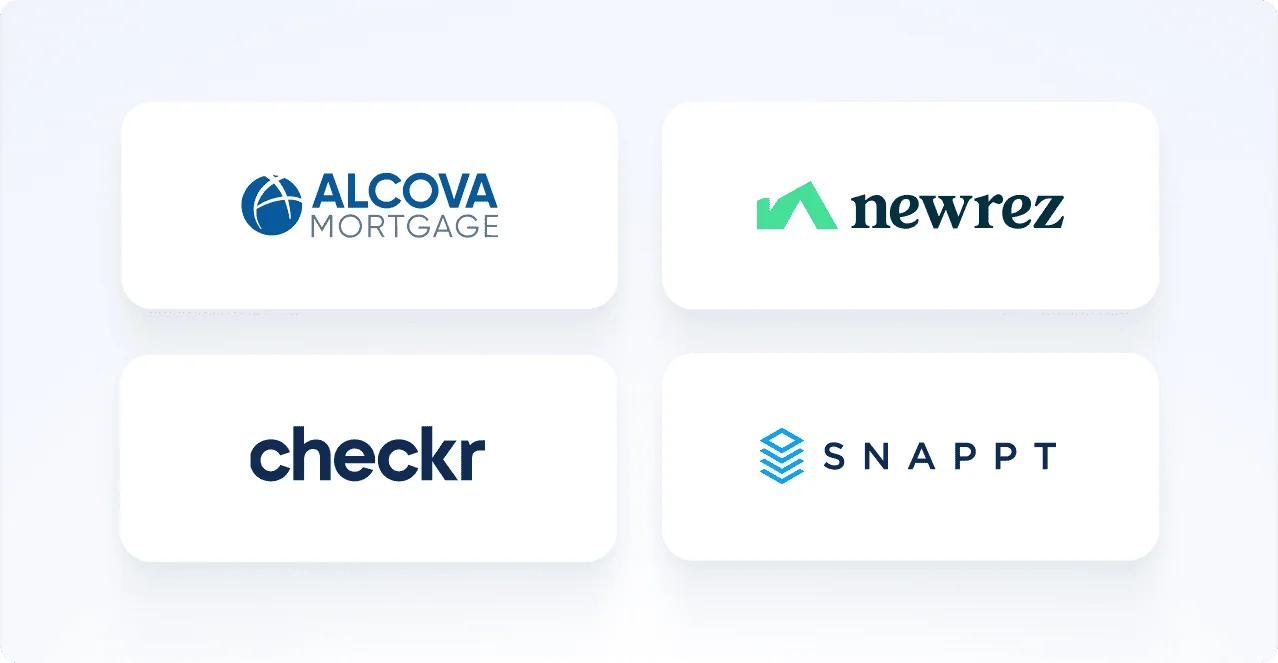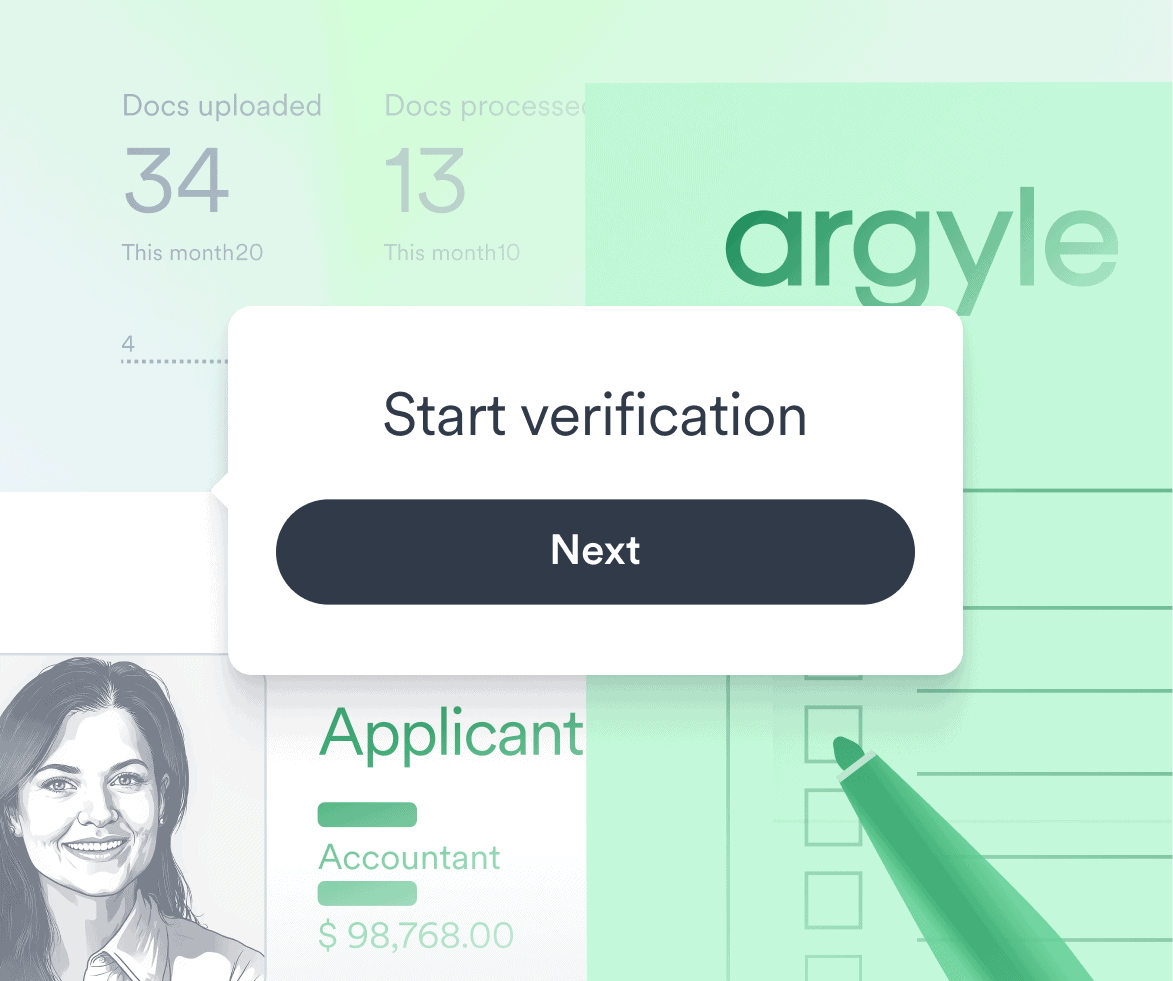As far as mortgage rates are concerned, the start of 2023 could be described as volatile. While rates are trending downward since a 20-year high last fall, each new release of macroeconomic data seems to bring fickle spikes that leave experts and buyers guessing.
But not everything in the mortgage space has been quite so variable. Origination volumes, for one, have been consistently low across multiple quarters. As a result, lender revenue is down and competition for skimpy purchase and refinancing business is stiff. Coupled with the high costs of operation, gain-on-sale margins have contracted, squeezing lenders and compromising profitability.
In light of what may be the most challenging mortgage climate since the aughts-era housing market collapse, lenders are rethinking their approach to nearly every aspect of doing business. In this article, we’ll cover four of the considerations—and changes—lenders are making to stay viable and vital in the current mortgage rate environment and beyond.
The lay of the mortgage landscape
Since 2022’s steep climb, mortgage rates have come down and remain below last year’s peak of 7.08%. But we have also seen periodic upswings in response to the release of economic indicators like the latest jobs report and Consumer Price Index. In mid-February 2023, the most recent data available at the time of publication, mortgage rates reached 6.67 percent, up from January’s average rate of 6.46%.
All told, however, experts predict that mortgage rates will continue to drop over the course of 2023 to somewhere around the 5.25% mark. But originations will not recover so easily, with FannieMae predicting volumes will remain depressed until 2024.
Meanwhile, customer acquisition and loan production costs are up. According to the Mortgage Banker Association, total expenses averaged $11,016 per loan in the third quarter of 2022, up from $10,937 in Q2—the highest figure ever reported in the study’s history. In short, lenders are struggling to cut overhead as quickly as revenue is declining. As a result, profit margins are shrinking and lenders are finding themselves in precarious financial positions.
How lenders are making the most of a gloomy market

The silver lining to this state of affairs is that it won’t be this way forever. Then housing market inevitably rebounds. In the meantime, here are just a few of the ways you can set your organization up for optimal profitability in the trying quarters ahead:
1. Get creative about lead gen and marketing
With qualified borrowers fewer and farther between, you have to rethink your approach to sourcing and nurturing new business. But borrowers are out there, especially in the purchase market, which recently accounted for 83% of all originations. What’s more, these borrowers are hungry for guidance. Like lenders, they are navigating a challenging market and need help understanding what they can and can’t afford, where they have grounds to negotiate on purchase price, and more. For lenders with the expertise and tools in place, this presents the chance to connect with likely homebuyers and provide consultative services that endear them to your brand.
Many lenders take a digital approach to marketing their consultative value, which might involve partnering with an influencer relevant to your target audience. It can also take the form of creating and promoting educational content like videos, blog posts, reports, and newsletters on social platforms and other media channels. In some cases, you can gate the content so it is only accessible in exchange for an email address, giving you the contact information you need to continue your digital conversation with leads.
Given that many consumers begin shopping for a home months before they are in the best position to actually put in an offer, some innovative lenders are also tapping into income and employment data streams to gain ongoing visibility into their leads’ financial circumstances. In doing so, you can pinpoint prime opportunities to approach them with well-timed, custom mortgage offers (for example, when their income stabilizes or their debt-to-income ratio reaches a new favorable threshold). This level of financial intelligence allows you to focus your attention on ready-to-close leads. Not only does that serve to win more business, it also makes for a stronger relationship that can turn borrowers into referral engines.
Learn more about continuous income and employment data monitoring and how it can extend and strengthen the borrower relationship.
2. Focus on the borrower experience
When new business opportunities are scarce, you have to make sure the experience you offer borrowers is exceptional and seamless—or risk losing them to a competitor. Fortunately, there are improvements you can implement relatively quickly and to great effect.
Take income and employment verification. Industry regulations and internal operating procedures require lenders to collect numerous evidentiary documents (e.g., paystubs, W-2s, 1099s) that testify to a borrower’s income stability and capacity to afford their monthly mortgage payments—and rightly so. But in an era of increasingly short consumer attention spans and instantaneous everything, lenders who can streamline the typical back-and-forth of the verification workflow to a single digital touchpoint will come out on top.
The best and easiest way to get there is through payroll connectivity, which enables borrowers to quickly link their payroll accounts to your point-of-sale (POS) and loan-origination system (LOS), so you have direct access to their income and employment data in real time, straight from the system of record. This saves borrowers the time and hassle of tracking down and uploading their pay and tax documents, and it saves your loan officers the trouble of collecting and processing those documents as they come in—not to mention, following up with borrowers if and when they don’t.

Payroll connections can even retrieve the documents you are required to have on record and translate them into machine readable text, so no one from your team has to manually review them or enter them into your system. In turn, income and employment verification becomes practically instantaneous and entirely automated—to your borrower’s delight and benefit (as well as your own).
3. Be intentional about your tech stack
When originations boomed in 2020 and 2021 and lenders had cash on hand, many made investments in their POS and LOS systems, lead-generation tools, and other mortgage technologies in hopes of boosting efficiencies and optimizing the business opportunities the market presented.
Unfortunately, cherry picking best-in-class technology for every step in the loan cycle presents challenges as much as advantages—if the solutions in your tech stack weren’t designed with supreme interoperability in mind. As a result, lenders are finding that the technologies they stitched together sometimes present as much friction for borrowers, loan officers, and back-end staff as they do efficiencies. The end result is often a fragmented experience that forces borrowers and loan officers to toggle between numerous, disjointed interfaces and systems to complete their required tasks and move the origination cycle forward.
The antidote is taking stock of your tech stack to identify where certain tools may be doing more harm than good in terms of productivity and borrower experience, and eliminating offenders from your workflows and budget. For those in the market for new technology, be sure to evaluate any solution you are considering for interoperability with your existing systems. If a piece of technology doesn’t natively integrate with your POS and LOS, it may not be worth the time or investment.
4. Uncover new operating efficiencies
One of the reasons profit margins are contracting is that revenue slumps are outpacing cost-cutting measures. But the originations process presents a trove of inefficiencies that you can easily address to see an immediate impact on profitability.
In this regard, income and employment verification is, again, ripe for change. In addition to contributing to a poor borrower experience, the process is expensive. From the labor required to collect, process, and review evidentiary documents to the price of credit bureau reports, which lenders purchase multiple times throughout an origination cycle, verifications cost the mortgage industry hundreds of millions of dollars every year. By migrating to payroll connectivity as a verification solution, lenders can significantly reduce hard and soft costs by eliminating the need for credit bureau reports and slashing administrative workloads.
Find the right payroll connectivity partner
Argyle’s simply powerful payroll connections provide lenders with fast, cost-effective, and reliable access to the most trusted network for income and employment data. With Argyle, lenders can lower income and employment verification costs by 80% compared to manual workflows and credit bureau reports, and save loan officers 1000s of hours of admin every month. Most importantly, Argyle is purpose-built for interoperability, ensuring seamless integrations with your existing front- and back-office systems.
To learn how Argyle can help you meet your productivity, profitability, and borrower experience goals, reach out to a member of our team or sign up for your free account to start testing Argyle today.









